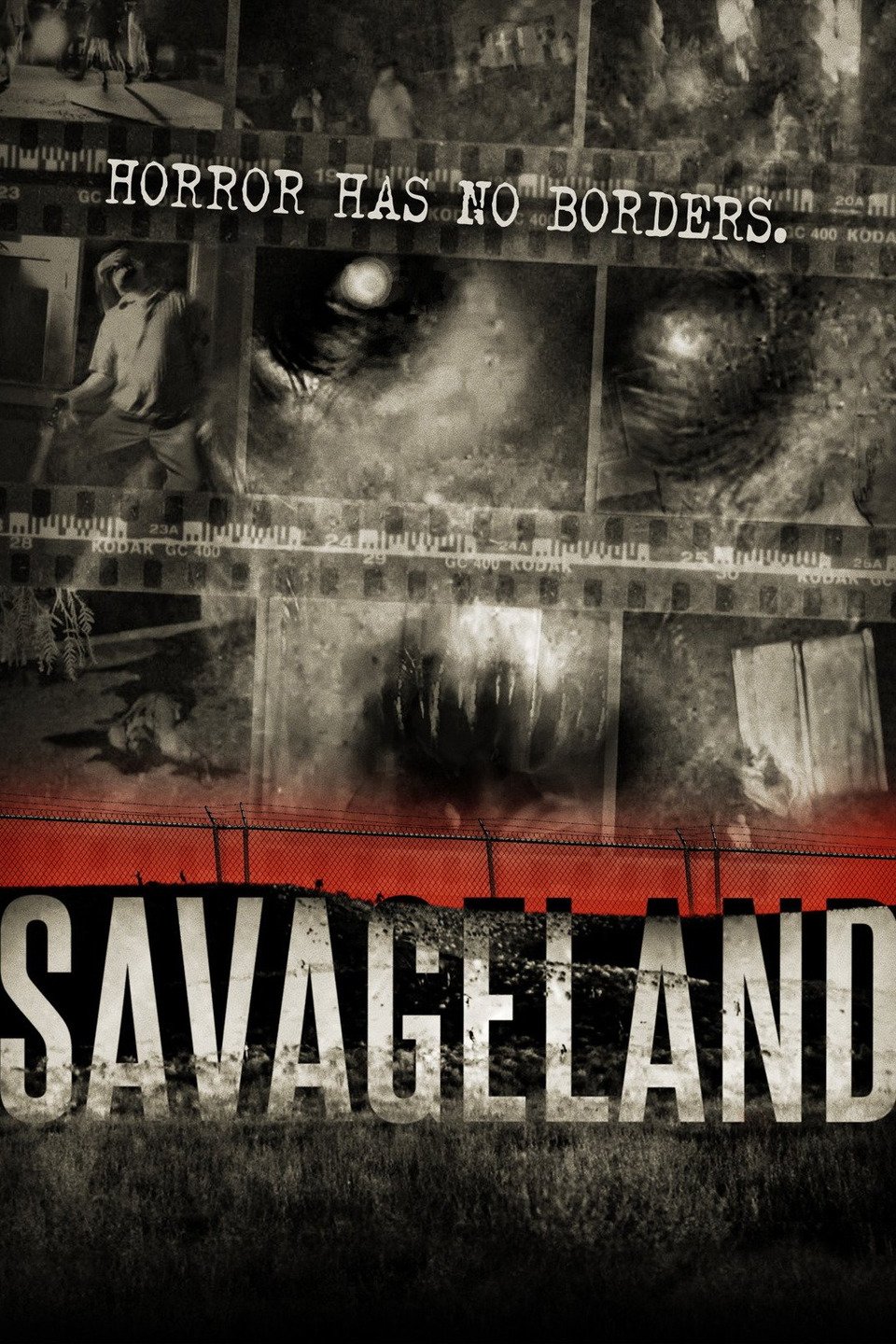by
Ernest Hogan
I
don’t usually like the zombie apocalypse subgenre. Zombies are
uninteresting non-characters. The mindless carnage gets tedious, even
boring. It's usually an excuse for sliding into the
paranoid/schizophrenic mind set of seeing other people as disgusting
nonhumans, so better crank up on the firepower and blast them into
smoldering roadkill—very close to racism, depending on how you
fine-tune it.
Don't
shoot until you see their decaying faces. Though you'd probably
literally smell them a mile off. They'd make you gag long before you
could see them. Better get a gas mask while you're at it.
And
what are you going to do when the ammo runs out?
I’m
familiar with the subgenre since its birth with Night
of the Living Dead
in
1968. For years it was an obscure cult film with an underground
reputation (this was the Vietnam/Nixon era). It wasn't until it
started appearing on the late night horror movie circuit, and the advent of video
cassettes that it infiltrated mainstream pop culture. Now you have
to staple your eyes shut to avoid all the manifestations of the living
dead.
A
lot of young people think that the zombie apocalypse is inevitable,
the way my generation thought about nuclear holocaust. It's actually
impossible—going against the laws of thermodynamics, zombies kick
out way more energy than they take in, like biological perpetual
motion machines. If they did exist, scientists would be studying them
to find out how they work the opposite of the way the rest of the
universe does, and harness this limitless energy source.
 But
now and then something comes up that that’s worthy of my praise,
and this one is LaBloga/Chicanonautica material.
But
now and then something comes up that that’s worthy of my praise,
and this one is LaBloga/Chicanonautica material.It's called Savageland. That's what local Anglos who can't deal with Spanish call the Arizona town, Sangre de Christo (it is never mentioned that it means Blood of Christ). One night, all inhabitants are killed. Except for one unemployed, undocumented Mexicano.
It's
a faux documentary and an ingenious take on the found footage story.
And it steps out of the usual white people's pop culture viewpoint
early on when onscreen African American filmmakers start giving
editorial comments.
The
one survivor is accused of being the most horrific serial killer of
all time, but he left some evidence--photographs he took during the
incident. Bad news for gorehounds, there's no onscreen splatter
scenes, just still photos of blurred mayhem. It's mostly unsettling
interviews, still images, and animated computer diagrams, that make
it all seem very real, plausible, like a grisly true crime show.
Sheriff
Joe and Rush Limbaugh-style law enforcement and radio pundits are
both stereotypical and dead on. Their rhetoric has gotten people
elected in Arizona, even put a guy in the White House. They argue
that the bad hombre is what Americans need to protect themselves
from.
The
filmmakers argue that the suspect couldn't have been in all the places he
needed to be to kill everyone who was killed, and that this was a
genocidal race riot.
The
whole zombie issue in never brought up directly. The z-word in never
used. “Just the facts, ma'am,” as Sergeant Joe Friday would say
on Dragnet.
No,
I won't reveal the ending
And
if this show's on cable where people can surf into it without knowing
what they’re watching, they may think it’s a real
documentary--there’s a strong possibility of hysterical reactions
as in Orson Welles’ radio adaptation of War
of the Worlds.
Mind-blowing,
gut-wrenching entertainment for post-Charlottesville America.
Ernest Hogan is the author of High Aztech
and is trying
not to confuse bizarre fantasies with grotesque realities.


No comments:
Post a Comment